In the summer of 1972, something incredible happened off the coast of Riace Marina, Italy. A scuba diver, Stefano Mariottini, noticed what looked like an arm poking out of the seafloor—and that led to the recovery of two breathtaking bronze statues that would soon fascinate the world.
These magnificent sculptures, called the Riace Bronzes or Riace Warriors, are easily among the most important archaeological discoveries of the 20th century. They offer us a rare look at ancient Greek craftsmanship dating back to around 460-450 BC.
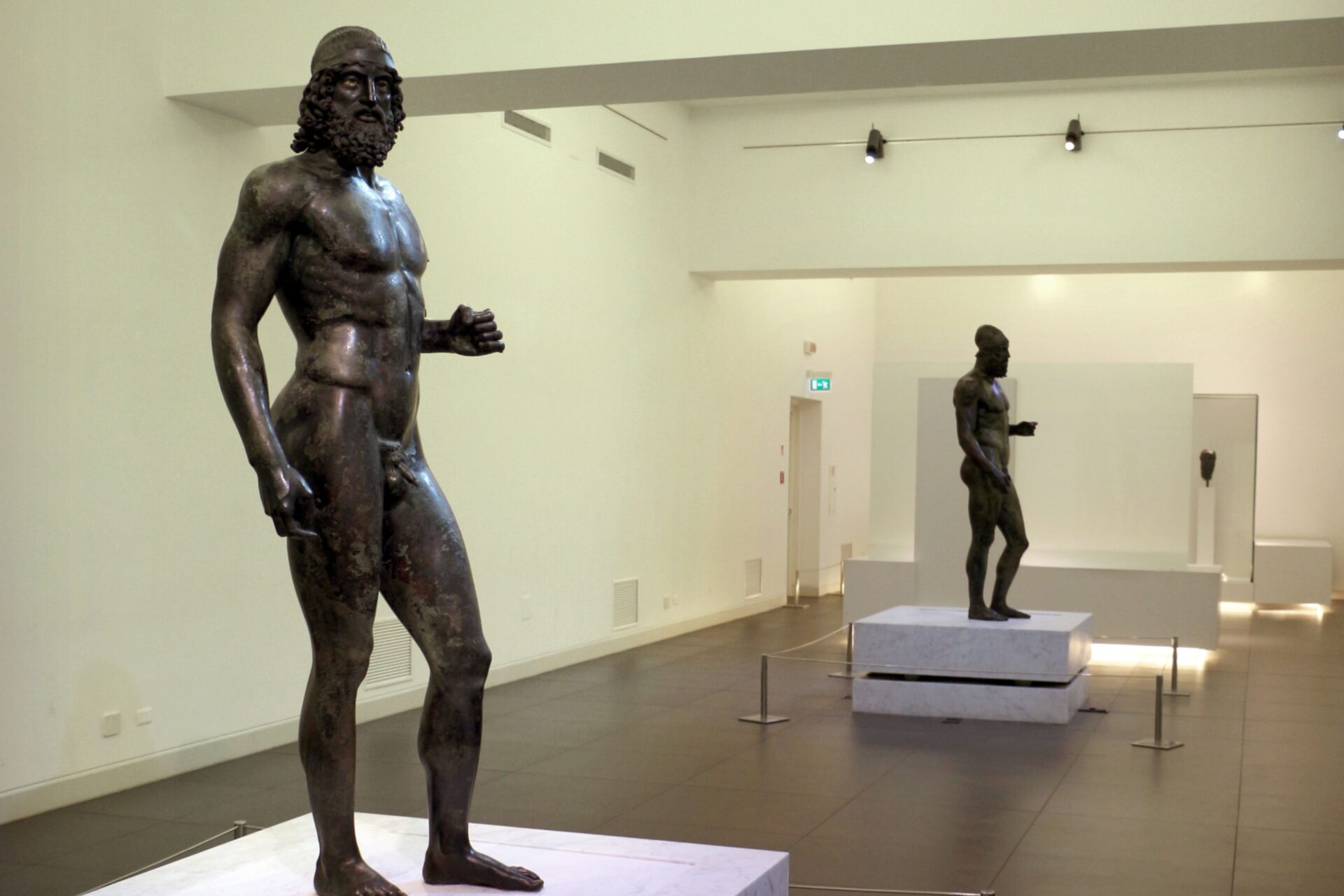
Image Source: Wikimedia Commons
The first time I saw these life-size bronze warriors in Calabria’s National Archaeological Museum, I was honestly stunned by how lifelike and well-preserved they looked. They’re about six feet tall, naked, bearded, and sculpted with such detailed anatomy that it’s hard to believe they survived nearly 2,500 years underwater.
Their eyes—made from ivory and colored stones—almost seem to look back at you. It’s a weirdly direct connection to ancient Greek culture.
The bronzes’ mystery keeps pulling me in every time I visit Calabria. Who made them? Why were they on a ship that sank in the Ionian Sea? Were they spoils of war, or maybe valuable art being traded? As I circle around them, I can’t help but wonder if the golden ratio really is hidden in their design, as some experts now claim.
The Discovery of the Riace Bronzes
The Riace Bronzes burst onto the scene in 1972, making archaeology feel like a real-life adventure. These Greek statues had been hiding for centuries, waiting for just the right moment to resurface.
Stefano Mariottini and the Chance Find
The story of how these statues were found still amazes me. On August 16, 1972, Stefano Mariottini was diving in the Ionian Sea near Riace in Calabria.
He spotted what looked like an arm sticking out of the sandy seafloor, just 200 meters from the shore.
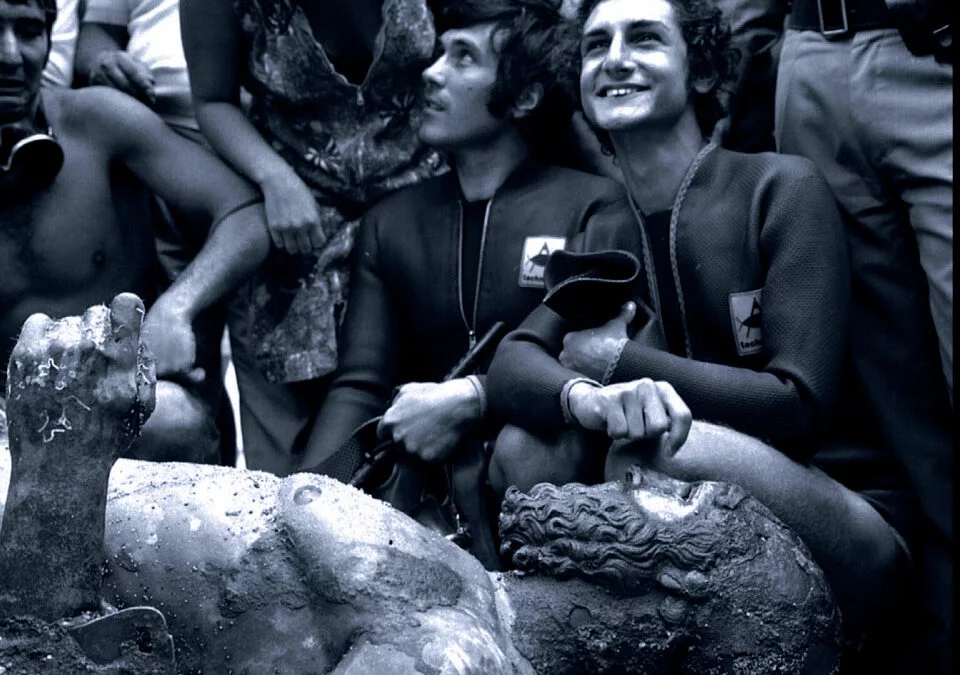
Image Source: Archeostorie Magazine
At first, Mariottini thought he’d stumbled across a dead body. But when he got closer, he realized he’d found something far more extraordinary—ancient bronze statues.
He quickly reported his find to the authorities, not wasting any time.
Divers had to work carefully to extract the two bronze warriors from their resting place, where they’d probably remained since an ancient shipwreck. Official records say they found the statues about eight meters deep.
The Unveiling in Reggio Calabria
After recovering the bronzes, they brought them to the National Museum in Reggio Calabria. I’ve been to this museum, and trust me, the display is unforgettable.
Restorers worked for ages to remove marine deposits and stop further deterioration. When they finally unveiled the bronzes to the public, the reaction was instant and intense.
People weren’t just looking at old artifacts—they were seeing some of the best-preserved examples of Greek bronze art, something you almost never find.
The warriors stand about 6.5 feet tall, showing off astonishing anatomical detail. Their ivory and stone eyes give them an uncanny, almost haunting realism.
People from all over the world started coming to see them, and scholars couldn’t get enough.
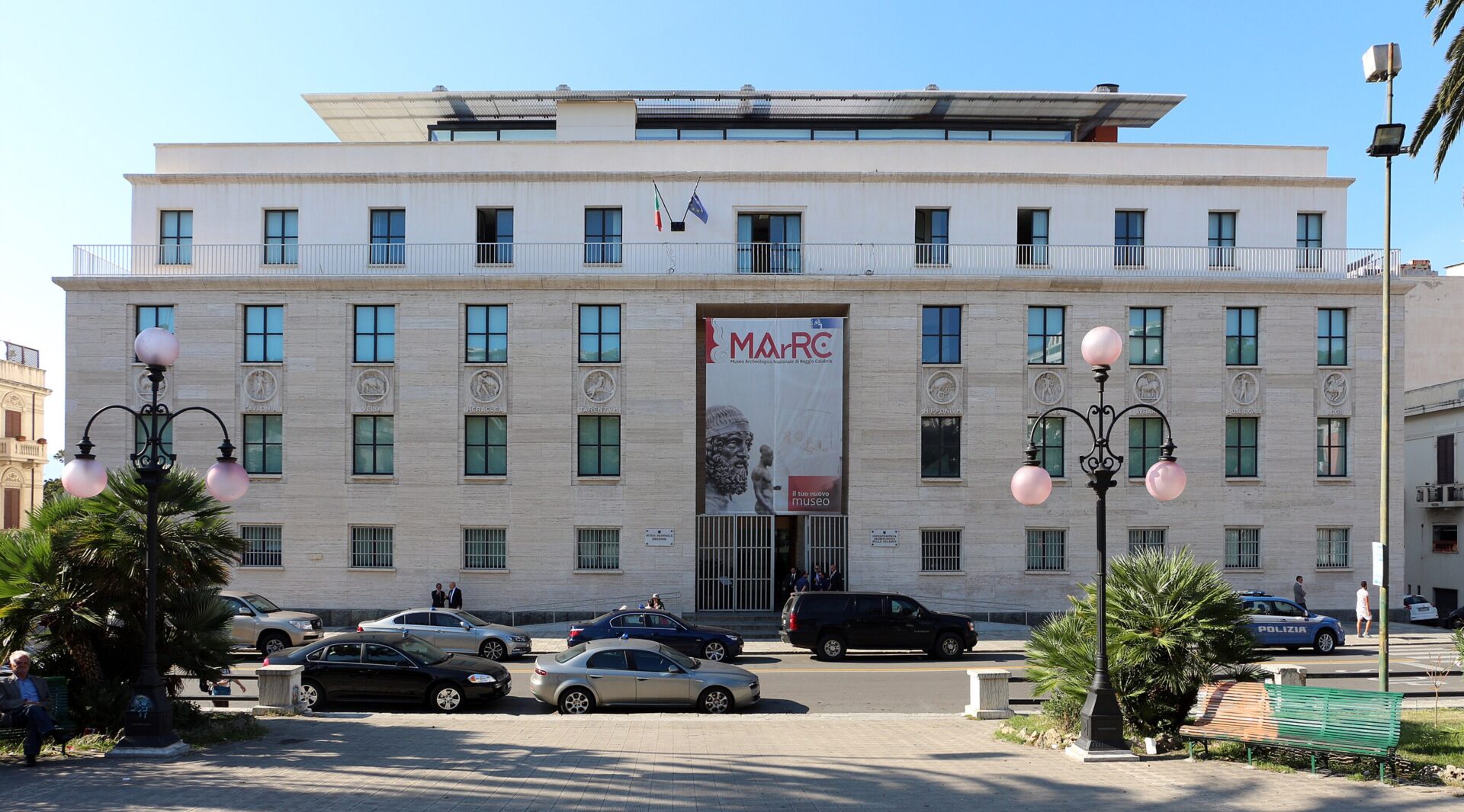
Image Source: Wikimedia Commons
Controversies and Missing Archaeological Finds
Of course, not everything about the discovery has been clear-cut. Over the years, several controversies have popped up about what really happened at the site.
An Italian TV show, “Le Iene,” even investigated rumors that more artifacts—like shields and helmets—were found alongside the warriors but disappeared before officials could document them.
Some people from Monasterace and nearby towns say they saw other items recovered, but no one’s ever proven these claims.
The official records don’t exactly clarify whether other objects were present when the bronzes were found. This has kept archaeologists and historians debating what might have vanished or been hidden during the initial recovery.
Who Were the Ancient Greek Warriors?
The Riace Bronzes show us how important warriors were in ancient Greek society. These statues give us a peek into the military culture that shaped the Mediterranean world.
Theories on the Identities of the Statues
People have argued for decades about who these two warriors—usually called Statue A and Statue B—actually represent. Some scholars think they’re heroes from Greek mythology, maybe Tydeus and Amphiaraus from the story of the Seven Against Thebes.
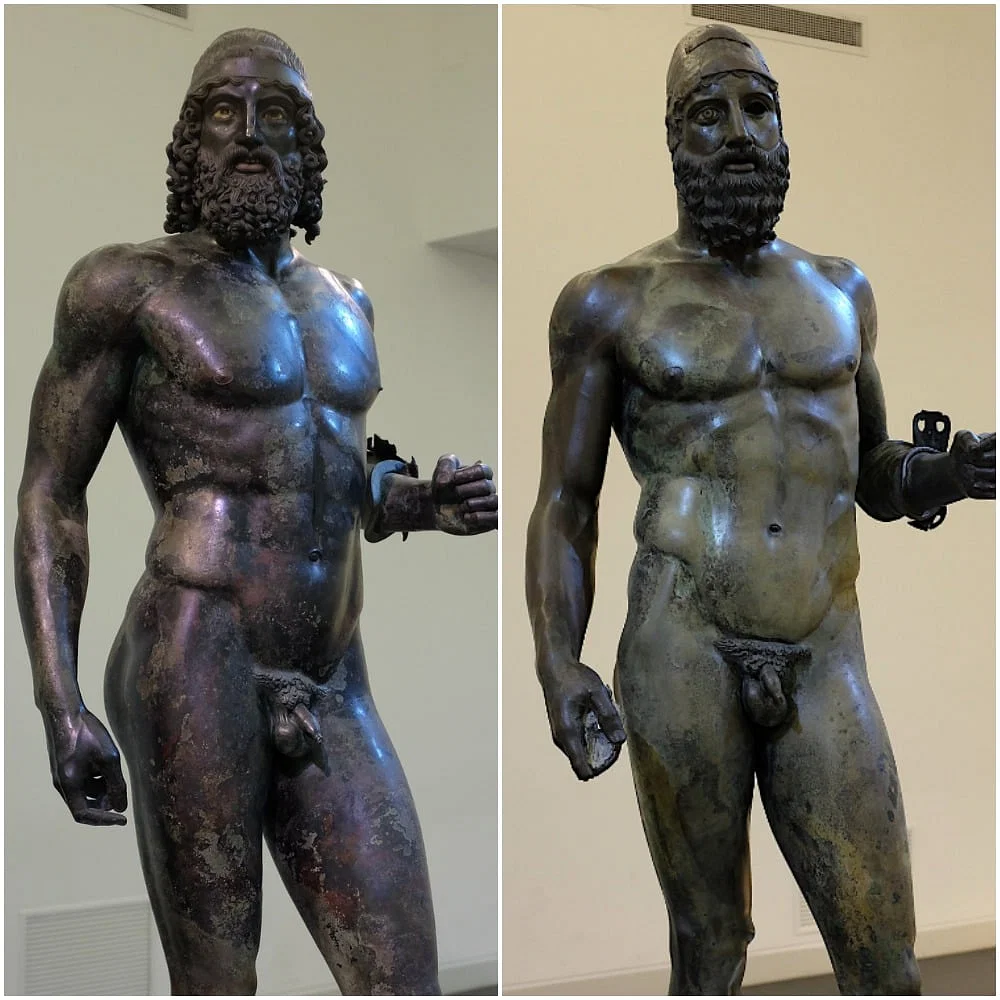
Others believe they might be modeled after real historical figures, perhaps heroes from the Battle of Marathon.
Both statues show bearded men with muscular, idealized bodies, standing in that classic Greek contrapposto pose.
They look ready for battle, even though their hands are now empty where weapons once would have been. Their eyes, originally inlaid with precious materials, must have made them seem almost alive.
The Role of Warriors in the Ancient Mediterranean
Warriors sat at the top of ancient Greek society, serving as both protectors and symbols of their city-state’s might.
They embodied the masculine virtues Greeks admired—strength, courage, and honor.
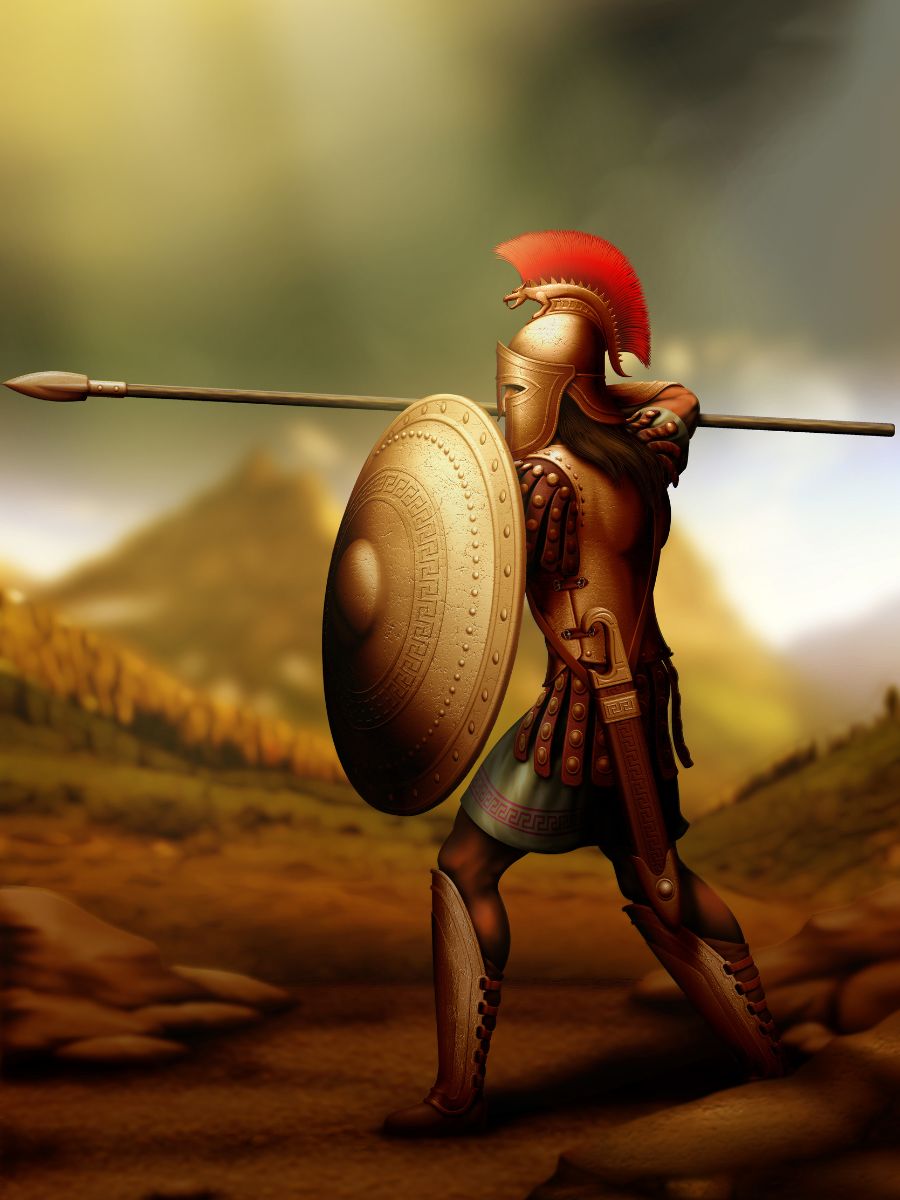
In Magna Grecia (the Greek colonies in southern Italy), warriors were especially important. These settlements needed strong defenders far from home.
Greeks celebrated military achievement with public monuments and religious offerings. Statues like the Riace Warriors honored battlefield heroes or mythological champions.
Wealthy patrons or city-states probably commissioned such detailed works, hoping to inspire young men or show off Greek military power.
Some scholars even link the statues to Athenian myths, suggesting they might represent legendary kings like Erechtheus and Eumolpos.
The Artistry Behind the Riace Warriors
The Riace Warriors are a jaw-dropping example of ancient Greek artistry. After all these centuries, their craftsmanship still feels fresh and astonishing.
Ancient Greek Bronze Casting Techniques
Greek artists used the lost-wax casting method to create the Riace bronzes. First, they sculpted wax models, covered them in clay, and heated them to melt out the wax. That left a hollow mold, ready for molten bronze.
What really blows my mind is how they cast the statues in separate pieces—about 8 to 10 for each warrior—then welded them together with unbelievable precision.
The artists made the eyes separately, using calcium carbonate, glass, and stones to achieve a strikingly lifelike look.
Even the bronze walls are thin, just 2-3mm thick, which shows just how skilled these craftsmen were.
Influences From Renowned Sculptors
The Riace Warriors echo the styles of several famous Greek sculptors. Statue A, for example, has a dynamic pose and naturalistic muscles that remind me of Myron’s work—think of his Discobolus.
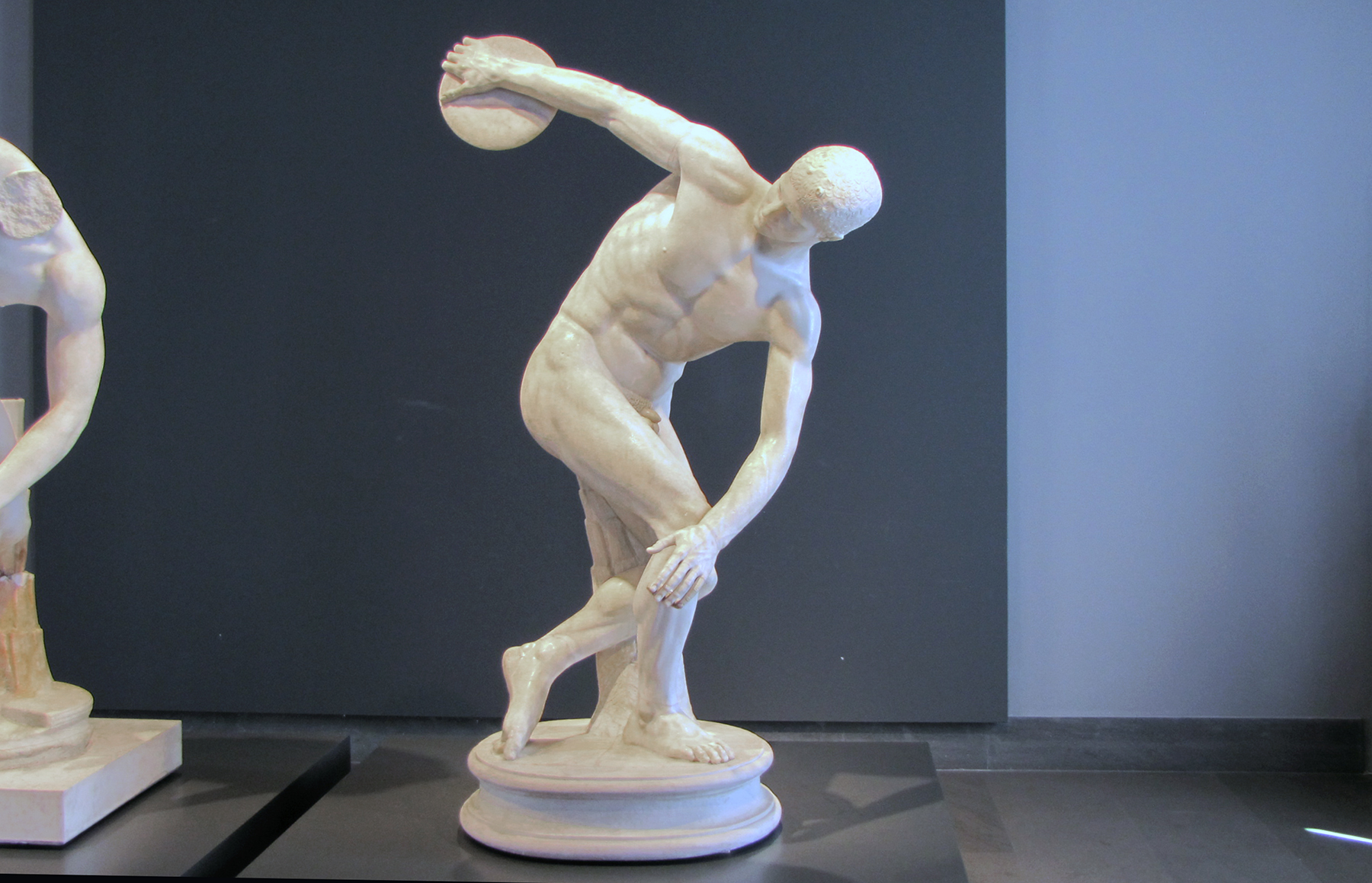
Image Source: Flickr
Statue B feels more serene and idealized, which fits with the style of Phidias. Some art historians also see hints of Alkamenes, a student of Phidias.
These influences show the bronzes are a blend of different early classical traditions. They weren’t just war heroes—they embodied the Greek ideals of perfection and virtue.
Features of Contrapposto and Realism
The contrapposto stance is maybe the statues’ most striking feature. One leg bears the weight, the other relaxes, and that creates a natural S-curve through the body.
The anatomical detail is wild—you can spot defined muscles, veins, and even subtle facial expressions. Statue A looks tense, lips slightly parted, while Statue B seems calmer.
The hair and beards are crazy detailed, with each curl and strand crafted to stand out against the smooth bronze. Their proportions follow the Greek ideal, about 7½ heads high, making them heroic but not cartoonish.
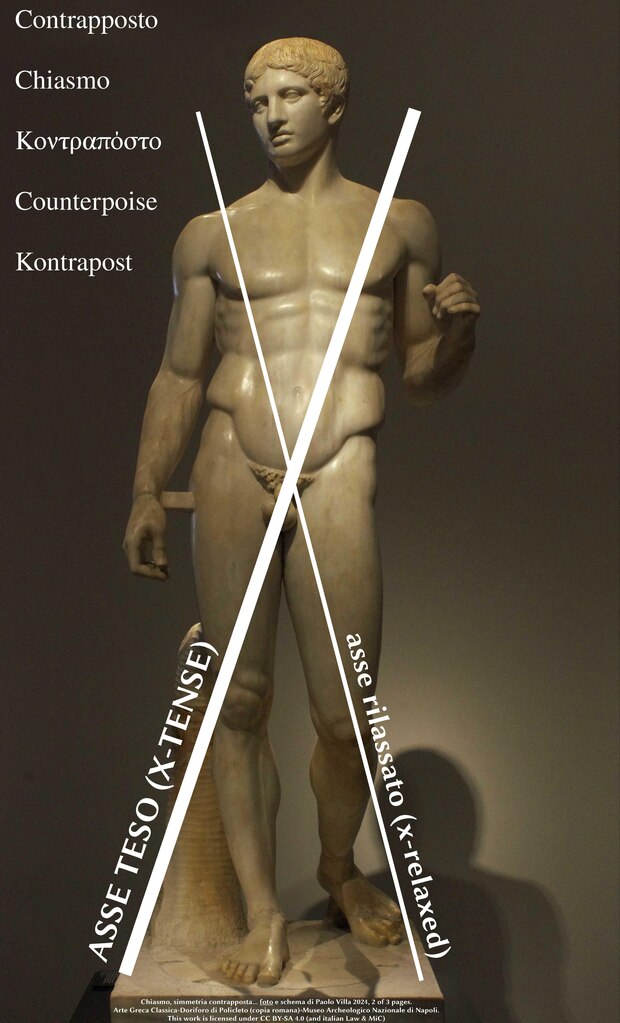
Image Source: Wikimedia Commons
Terracotta and Other Materials Used
While the main bodies are bronze, the artists didn’t stop there. They used silver for the teeth, copper for the lips and nipples, and ivory for the whites of the eyes.
Some experts think terracotta was used in early modeling before the final bronze casting. The statues probably once held shields or spears made from wood or other materials that didn’t survive.
Copper inlays add subtle color, especially in the wounds shown on the statues. These material choices really show how Greek artists thought about both visual impact and symbolism.
What I love most is how all these materials work together to create figures that still feel alive, even after 2,500 years.
The Journey of the Bronzes Through History
The Riace Bronzes have had quite a journey, from their creation in ancient Greece to their rediscovery off Italy’s coast. These warriors saw cultural exchange, empires rising and falling, and maybe even served religious roles before ending up at the bottom of the sea.
Cultural Osmosis in the Mediterranean
These statues capture the rich back-and-forth of the ancient Mediterranean world. Created around 460-450 BC, they probably came from mainland Greece, maybe from an artistic hub like Argos.
Greek art spread all over the Mediterranean, and these bronzes show just how skilled those artists were. The warriors likely traveled by sea, passing through cultural centers and sacred places like Delphi or Olympia.
The Mediterranean wasn’t just water—it was a superhighway for ideas and art. Greek colonies in southern Italy (Magna Graecia) eagerly imported masterpieces, building a bridge between cultures that shaped the ancient world.
The Roman Occupation and the Fate of the Bronzes
After Rome conquered Greece and its colonies, they shipped tons of Greek treasures to Italy as war booty. I’m convinced the Riace Bronzes probably made their way to Italy during this wave of Roman expansion.
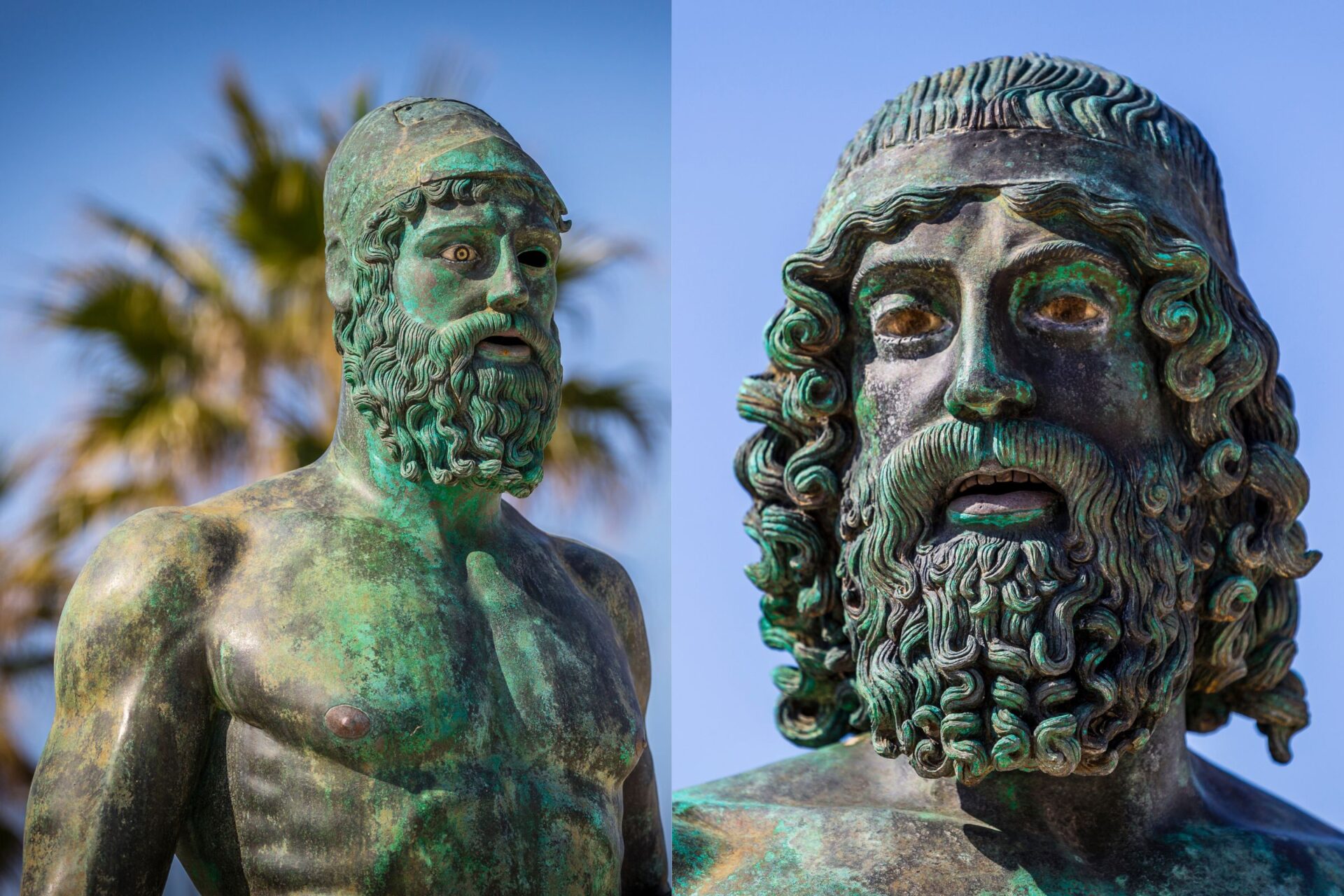
The Romans adored Greek art and loved to show off captured statues in public spaces or their villas. Some clues suggest the bronzes were on a Roman ship that sank near Riace while hauling valuable artworks to Rome.
Latin inscriptions found near similar finds hint at Roman ownership or cataloging. The journey of these bronzes really shows the complicated, sometimes uneasy relationship between Greece and Rome—admiration mixed with conquest.
Religious Significance and Votive Offerings
The bronzes might have had religious roles before their final voyage. Standing naked in contrapposto, they probably represented heroes or gods like Apollo in sacred sanctuaries.
I’ve noticed they resemble votive offerings found at major religious sites. Wealthy Greeks often commissioned such statues to honor gods or mark victories.
The goddess Hygieia, linked to health and cleanliness, had sanctuaries where similar bronzes were offered. Maybe one of these warriors was a gift for a military victory or stood guard at a temple entrance. Their religious side only deepens the mystery of their journey.
Connecting the Riace Bronzes to Modern Italy
Since their discovery in 1972, the Riace Bronzes have become part of Italy’s cultural DNA. These ancient Greek masterpieces now act as powerful symbols, connecting modern Italy with its classical roots.
The Bronzes as Symbols of Calabria and Reggio
I’ve noticed the Riace Bronzes have basically become the unofficial emblems of Calabria. Walk around Reggio Calabria, and you’ll spot their images everywhere—on postcards, restaurant menus, even local business logos.
The National Archaeological Museum of Reggio Calabria houses the bronzes, and honestly, it feels like a pilgrimage site for art lovers. When I visited last year, I could tell the museum’s whole design aims to highlight these magnificent warriors.
Locals call them “Bronzi di Riace” with real affection. You can tell they’re proud their region is home to such treasures.
You’ll see the statues pop up in regional tourism campaigns. They’ve definitely helped put Reggio Calabria on the international cultural map.
Tourism here has flourished thanks to these bronze warriors. The local economy gets a big boost from visitors who come just to see these rare ancient Greek sculptures.
Surprising Archaeological Finds in Tuscany
While wandering through Italy’s archaeological wonders, I realized the Riace Bronzes aren’t the only jaw-dropping finds in recent Italian history.
In San Casciano dei Bagni, Tuscany, archaeologists recently dug up extraordinary bronze artifacts at some ancient thermal baths.
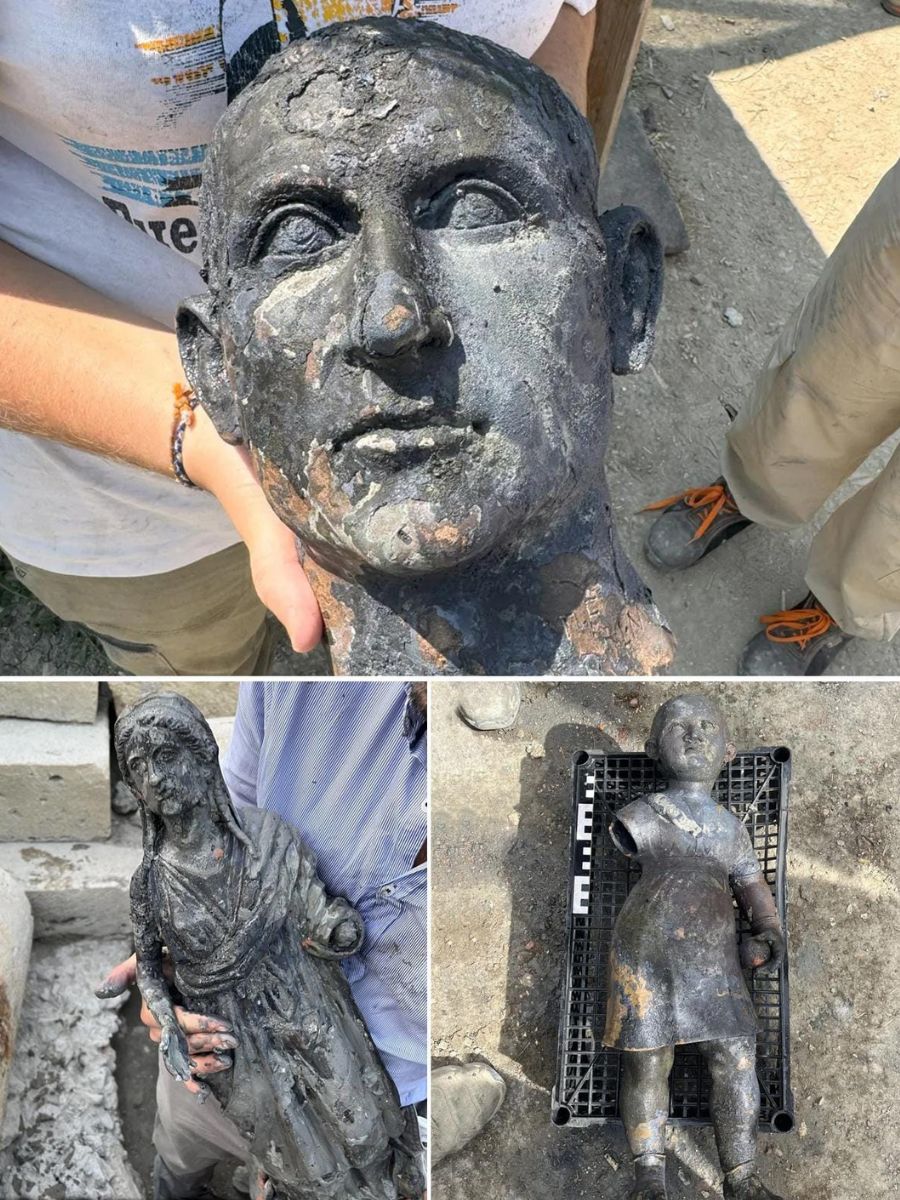
Image Source: Archeology News (Facebook)
These Tuscan discoveries include beautifully preserved bronze statues—gods, goddesses, worshippers, you name it. I can’t help but find it fascinating how these pieces echo the Riace Warriors, both showing off the wild skill of ancient artisans.
But here’s the twist: the Riace Bronzes turned up underwater, while the Tuscan artifacts came from thermal bath sites where people had carefully placed them during rituals.
The thermal waters actually helped keep them in such amazing shape.
Honestly, discoveries like these remind me that Italy’s entire landscape still feels like a living archaeological treasure chest.
Even after all these centuries of digging, the country just keeps surprising us with new links to its ancient world.

